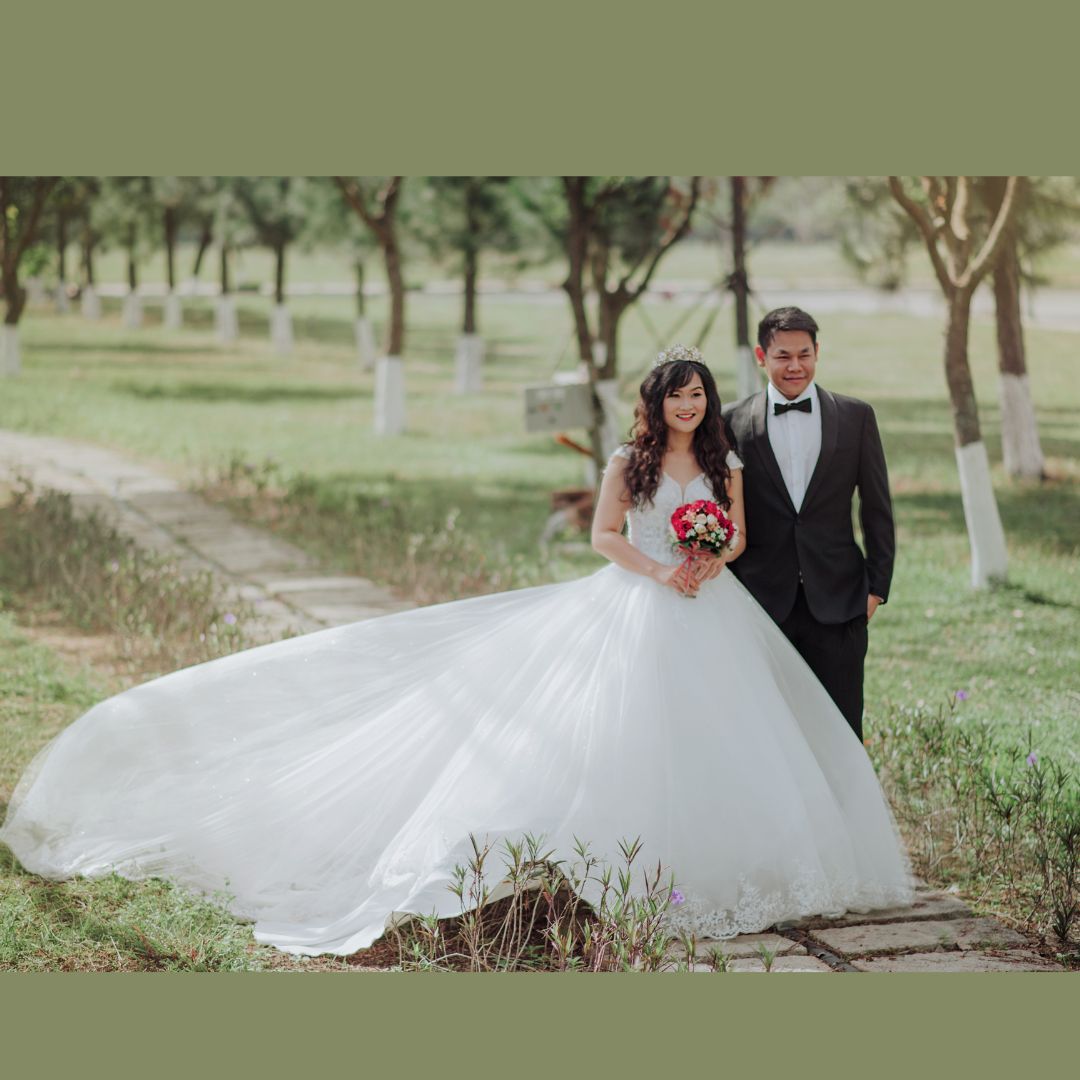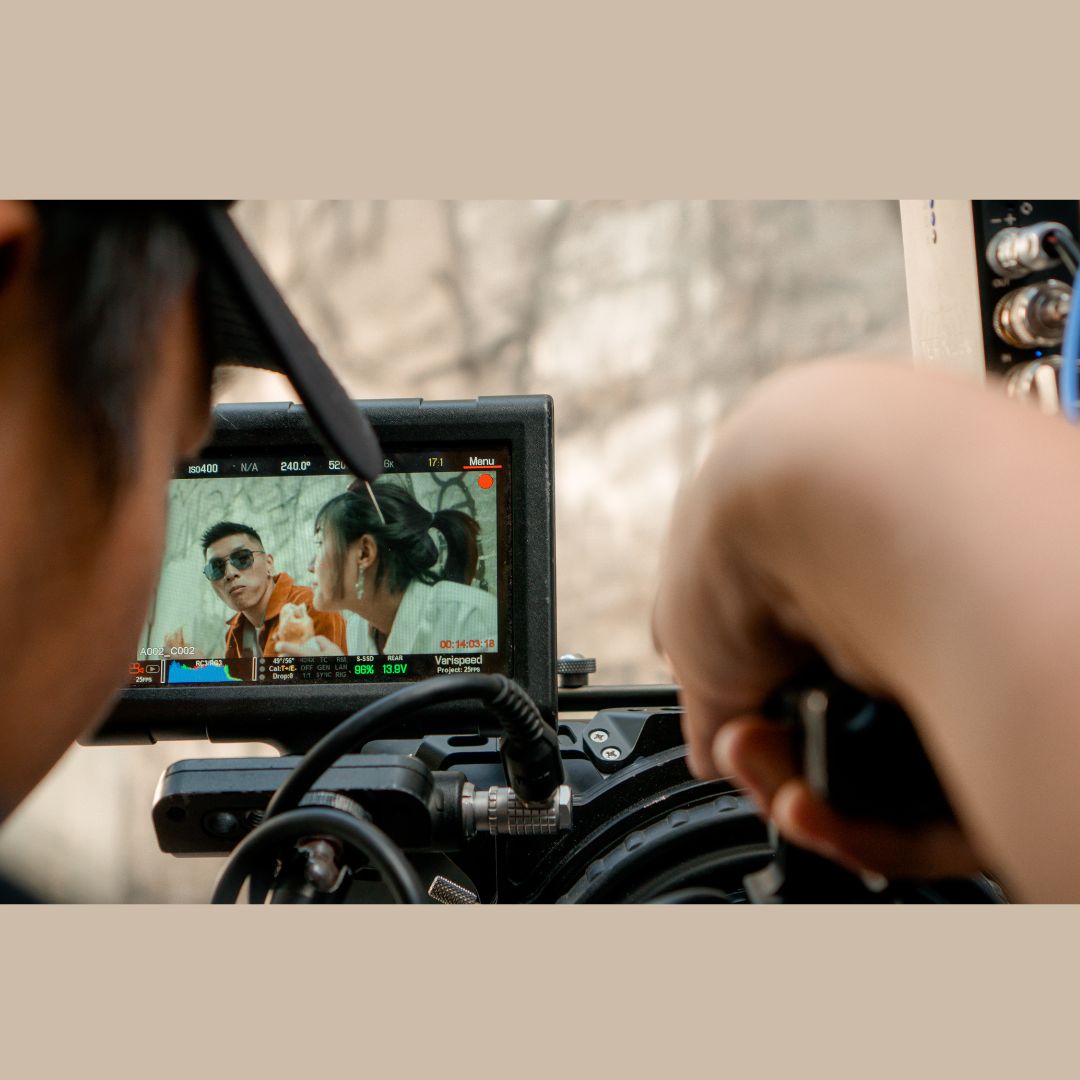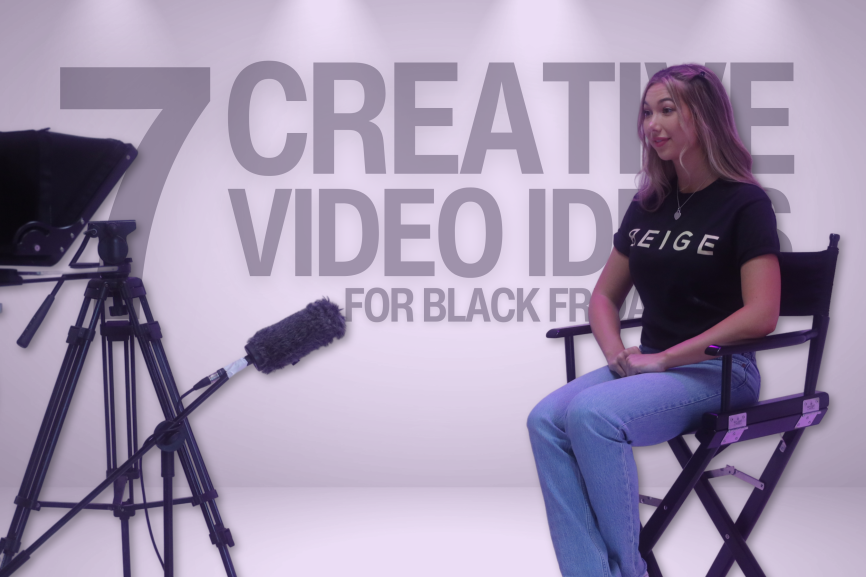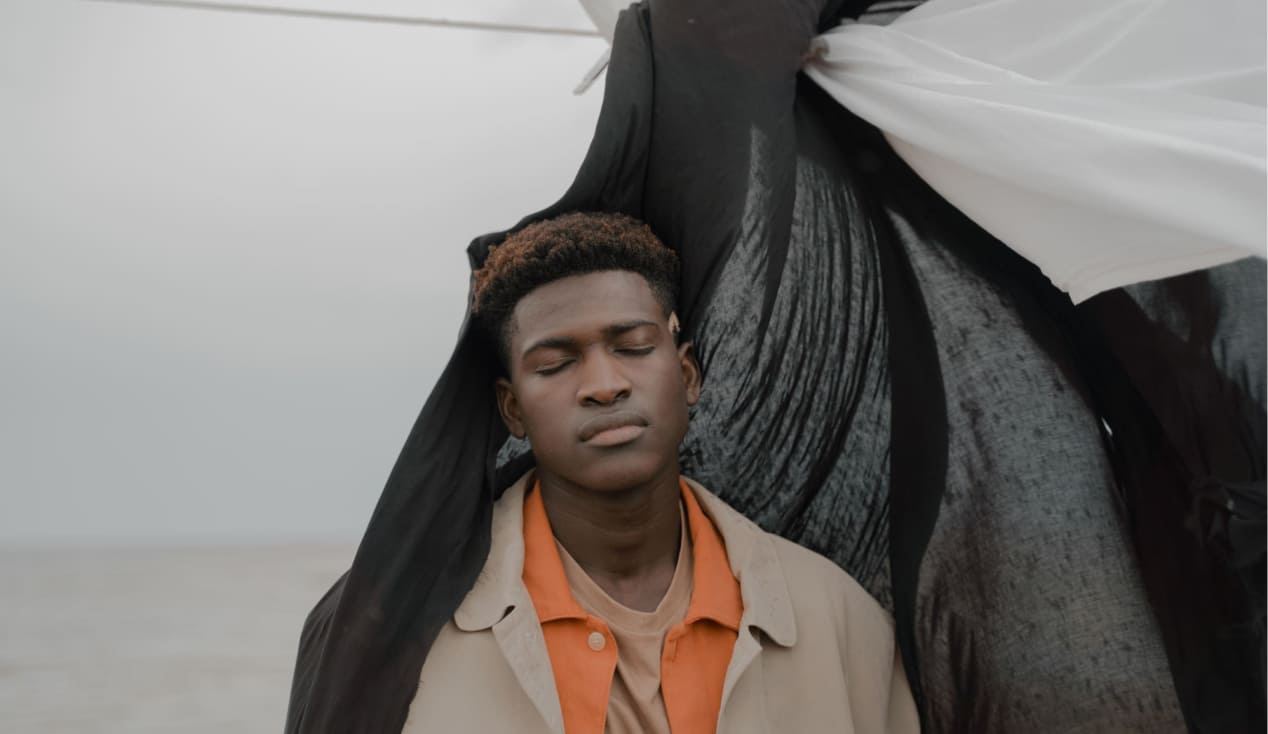No products in the cart.

Engagement Photo Session Tips: A Comprehensive Guide
Introduction: Everyone dreams of receiving a romantic proposal from their significant other. It resembles a childhood fantasy coming to pass. It really is a
Visual storytelling through photography is a powerful and expressive medium that allows photographers to convey emotions and create compelling narratives. Understanding the role of emotions in visual storytelling is key to capturing impactful images that evoke a strong emotional response from viewers. Emotions play a crucial role in photography as they enable photographers to communicate and connect with their audience on a deeper level. By using various composition techniques, such as the rule of thirds, leading lines, framing, and color theory, photographers can enhance the storytelling process and evoke specific emotions in their images. Lighting and shadow also play a significant role in setting the mood and atmosphere of a photograph, further enhancing the emotional impact. Candid moments capture raw and authentic emotions, adding depth and authenticity to the visual narrative. Facial expressions and body language are powerful tools for conveying emotions, allowing viewers to connect with the subjects of the photograph. Props and symbolism can be used to enhance emotional storytelling, creating a narrative that resonates with the audience. Post-processing techniques, such as color grading, tone adjustments, and contrast, can further enhance the emotional impact of an image. Lastly, context plays a vital role in conveying emotion, as the cultural and social contexts in which a photograph is taken can shape the emotional response from viewers. By understanding and utilizing these techniques, photographers can effectively convey emotion through their photography, creating powerful and impactful visual stories.
Understanding the role of emotions in visual storytelling is crucial. By effectively conveying emotions through photography, you can create a powerful and impactful story. Emotions play a vital role in telling compelling stories through photography, evoking a response from viewers and helping them connect with the subject matter on a deeper level. To achieve this, photographers must consider factors such as composition, lighting, color, and expression. By capturing moments that reflect a range of emotions, photographers can engage their audience and create a meaningful visual narrative. Whether it’s joy, sadness, anger, or surprise, understanding the role of emotions in visual storytelling is essential.
Emotions are of utmost importance in photography as they play a vital role in evoking strong responses from viewers, establishing a deeper connection to the image. When photographs are able to elicit emotions, they possess the ability to tell a captivating story, capturing the essence of a moment and leaving a lasting impact. The inclusion of emotions adds depth, authenticity, and relatability to the visual narrative, thereby making the photograph more meaningful and memorable. The capacity of photography to evoke emotions permits photographers to effectively convey their intended message, ignite empathy, and captivate the audience on a profound level. By incorporating emotions into their work, photographers enable the images to become relatable, bringing the viewers closer to the subject and creating a compelling storytelling experience.
Emotions play a vital role in enhancing the storytelling process through photography. By evoking emotions in viewers, photographers can create a stronger connection and engagement with their audience. Emotions add depth and nuance to a narrative, making it more relatable and impactful. They have the ability to evoke empathy, set a specific mood or atmosphere, and help convey the intended message of the photograph. Capturing genuine, candid moments can elicit authentic emotions, while the use of composition techniques, lighting and shadow, expressions and body language, props, symbolism, and post-processing techniques all contribute to enhancing emotional storytelling in photography. Ultimately, emotions serve as a powerful tool in creating captivating and unforgettable visual stories.
Captivating photographs have the power to evoke deep emotions and tell meaningful stories. In this section, we’ll delve into the art of using composition techniques to convey emotions in photography. From the renowned Rule of Thirds to the strategic use of Leading Lines, Framing, and Color Theory, we’ll uncover how these techniques can take your visuals to new heights and transport viewers into a world of emotions. Get ready to learn how to paint with your camera and capture the essence of human experience.
The Rule of Thirds, a fundamental principle in photography composition, divides the frame into a grid of nine equally-sized squares. It suggests placing key elements along the gridlines or at their intersections to create a visually appealing and balanced image. To effectively apply the Rule of Thirds:
By following these steps, photographers can create visually compelling images that capture the viewer’s attention and evoke a sense of balance and harmony.
Leading lines are a fundamental composition technique in photography that has the power to evoke emotion. They are key elements within an image that establish a visual path for the viewer’s eyes, effectively guiding them towards the main subject or a specific point of interest. By skillfully employing leading lines, photographers are able to influence the viewer’s emotions and create a strong sense of depth, movement, or focus. Examples of common leading lines include roads, fences, rivers, and even architectural features such as staircases or railings. Through the effective utilization of leading lines, photographers can successfully evoke a sense of direction, intrigue, or even tension in their images.
I once had the opportunity to capture a breathtaking photograph of a lengthy and serpentine road nestled within a stunning countryside. The elegant curves of the road acted as leading lines, skillfully directing the viewer’s gaze towards a radiant golden sunset resting on the distant horizon. This particular image evoked an overwhelming sense of adventure and anticipation, as if the road itself was extending a warm invitation to the viewer, urging them to embark on an extraordinary journey into the unknown. The undeniable presence of leading lines within this photograph played an indispensable role in effectively conveying the profound emotions associated with wanderlust and the insatiable desire for exploration.
| 3. Framing | |
| Concept | Description |
| Framing Techniques | Use framing techniques like leading lines, rule of thirds, and framing to create visual impact in your photographs. |
| Leading Lines | Utilize lines within your frame to direct the viewer’s eyes towards the main subject, creating a sense of depth and movement. |
| Rule of Thirds | Divide your frame into three equal parts both horizontally and vertically. Place your subject along the lines or at their intersections for a visually pleasing composition. |
| Framing | Find natural elements such as arches, windows, or trees to frame your subject, adding depth and context to your image. |
To enhance your framing skills in photography, practice incorporating leading lines, rule of thirds, and framing techniques into your compositions. Use lines to guide viewers’ attention, place subjects along the intersecting points of the grid, and employ natural elements to create frames within frames. These techniques will add visual interest and depth to your photos. Experiment with different perspectives and subjects to master the art of framing.
Color theory plays a vital role in conveying emotions through photography. The choice of colors can evoke different feelings and establish the mood for the viewer. Here are some key aspects of color theory to consider:
By comprehending the principles of color theory, photographers can effectively use colors to convey particular emotions and enhance the storytelling aspect of their images.
When it comes to photography and visual storytelling, utilizing light and shadow is crucial in evoking emotion in your images. By understanding how light and shadow interact, you can create a captivating and atmospheric effect that resonates with viewers. Utilizing light and shadow to evoke emotion is the key to capturing a dreamy and romantic mood with soft, diffused light or creating a sense of mystery and drama using hard shadows. Experimenting with different angles and intensity of light allows you to enhance the emotional impact of your photographs and engage your audience on a deeper level. Mastering the art of utilizing light and shadow is an essential skill for any photographer looking to convey powerful emotions through their work.
Lighting plays a crucial role in setting the mood of an image. How Does Lighting Impact the Mood of an Image? The intensity, direction, and color temperature of light can evoke different emotions and enhance the overall storytelling. Soft and diffused lighting creates a calm and serene atmosphere, perfect for portraying tranquility or romance. On the other hand, harsh and dramatic lighting can convey tension, mystery, or even fear. Warm or golden tones give a sense of warmth and happiness, while cool tones evoke a sense of sadness or melancholy. By manipulating lighting techniques, photographers can effectively convey the desired emotions in their images.
One photographer used soft and warm lighting to capture a couple’s wedding ceremony. The gentle light created a romantic atmosphere and highlighted the joy and love in the couple’s expressions. The resulting photographs evoked a sense of happiness and became cherished memories for the couple and their families.
Shadows play a crucial role in conveying emotion in photography. They have the power to enhance the mood or atmosphere of an image, evoke a sense of mystery or intrigue, and create depth and dimension. The placement, angle, and intensity of shadows can be manipulated by photographers to evoke specific emotions and tell a more compelling story. For instance, long, dark shadows can effectively convey a sense of loneliness or unease, while soft, diffused shadows can help create a more peaceful or serene mood. Therefore, shadows act as a powerful tool in visual storytelling, adding depth and emotion to photographs.
Capturing candid moments for raw emotion is a powerful way to convey raw emotion in photography. Here are some tips to help you achieve this:
Fact: Candid photography allows viewers to experience genuine emotions and creates a strong emotional connection with the subject.
How Can Candid Photography Evoke Authentic Emotion?
Candid photography has the unique ability to evoke authentic emotion. By capturing unguarded moments, candid photos can tell a compelling story and elicit genuine feelings. The photographer’s approach plays a key role in eliciting authentic emotion in candid photography. They must create an environment where subjects feel comfortable enough to be their true selves and then capture those genuine moments as they unfold naturally.
Suggestions for capturing authentic emotions include building a rapport with the subject, being patient, and using a documentary-style approach. By allowing the subjects to forget about the camera, candid photography can evoke raw and honest emotions, resulting in powerful and impactful images.
To capture genuine moments in photography, here are some tips for capturing genuine moments:
Fact: Candid photography is often praised for its ability to capture genuine emotions and tell authentic stories without artificial poses or filters.
The understanding of the power of expressions and body language is crucial in effectively conveying emotions through photography. Expressions have the ability to evoke a wide range of emotions, enabling viewers to establish a deeper connection with the subject. Even the smallest change in body language can transmit various feelings, such as a relaxed posture signifying ease or tense shoulders indicating anxiety. By capturing these subtle cues, photographers are able to narrate compelling visual stories that resonate with their audience.
A true historical example illustrates the significance of the power of expressions and body language. The iconic photograph of a sailor kissing a woman in Times Square represents the pure joy and relief experienced at the end of World War II. The sailor’s exuberant expression and the woman’s surprised yet thrilled reaction perfectly capture the overwhelming emotion of that moment. This photograph, taken on August 14, 1945, continues to evoke powerful feelings of celebration and liberation even today.
Facial expressions play a vital role in conveying emotions in photography. How can facial expressions convey emotion, you may wonder? Well, the way an individual’s face contorts can evoke a range of feelings and tell a story without words. A genuine smile can radiate joy and happiness, while a furrowed brow and narrowed eyes can communicate anger or frustration. The muscles around the eyes and mouth are particularly expressive and can enhance the emotional impact of an image. Professional photographers understand the significance of capturing these fleeting moments to create compelling visual narratives that resonate with viewers. By focusing on facial expressions, photographers can effectively convey the intended emotion and evoke a powerful response from their audience.
When it comes to visual storytelling, body language serves as a window into the inner thoughts and feelings of the subject, creating a powerful narrative within a photograph. Body language plays a crucial role in conveying emotions, allowing photographers to capture subtle cues that evoke genuine and raw feelings. Facial expressions communicate emotions such as joy, sadness, fear, or surprise, while posture and gestures reveal confidence, vulnerability, or tension. By incorporating these elements of body language, photographers are able to enhance the emotional impact of their images and create a deeper connection between the subject and the viewer. In this way, body language truly acts as a window into emotional narratives.
Using props and symbolism to enhance emotional storytelling can significantly elevate the impact of a photograph. Here are some steps to consider when incorporating these techniques:
Fun fact: It is interesting to note that the practice of using props and symbolism in photography dates back to the early days of the medium, where photographers would meticulously stage intricate scenes to effectively communicate specific messages and emotions.
Using props in photography can add depth and meaning to a narrative by enhancing the storytelling process.
Fact: Did you know that props have been used in photography for centuries, with early photographers using them to create narrative compositions and tell stories through their images?
Using props in photography serves as visual cues that provide context and convey a specific message or theme, thus enhancing the storytelling process. Acting as storytelling tools, props create a connection between the subject and the viewer. Moreover, props evoke emotions and spark imagination, allowing the audience to interpret the story in their own unique way, while adding layers of symbolism to represent certain ideas or concepts, ultimately adding depth to the overall narrative. Carefully selecting and placing props guides the viewer’s attention and directs the storytelling towards a specific focus or message. Interestingly, props have been utilized in photography for centuries, with early photographers integrating them to create narrative compositions and tell stories through their images.
Objects in photography possess an extraordinary capability to express feelings and narrate stories. By naturally incorporating significant props and symbolism, photographers have the opportunity to enrich the storytelling aspect of their images. For instance, a rose can symbolize deep love or intense passion, while a broken mirror may represent shattered dreams. Through these objects, a wealth of powerful emotions can be evoked, thus adding layers of meaning to the visual narrative. To effectively harness the symbolic power of objects, photographers ought to carefully consider the contextual, cultural, and visual significance of the chosen props. By thoughtfully selecting and seamlessly integrating these objects, photographers can craft images that strike a profound chord with viewers, tapping into emotions that go beyond the capabilities of mere words. So go forth, enjoy delving into the realm of objects in photography, and allow your creative vision to truly shine through.
In the enchanting world of visual storytelling, mastering post-processing techniques can be the key to evoking emotion through photography. Get ready to dive into the realm of color grading, tone adjustments, and creating a dramatic impact with contrast. Discover how these powerful tools can elevate the mood and narrative of your images, captivating viewers and immersing them in a whirlwind of emotion. So, let’s embark on this transformative journey of post-processing techniques that will breathe life into your photographs.
To enhance the emotional impact of your photographs, color grading and tone adjustments play a crucial role. Here is a step-by-step guide on how to effectively use these techniques:
Start by selecting the right editing software that offers a wide range of color correction tools.
Adjust the exposure and contrast to create the desired mood. Increase contrast for more dramatic or intense emotions, and decrease it for a softer or melancholic feel.
Experiment with color grading and tone adjustments to evoke specific emotions. Cool tones like blues and greens can create a calming or mysterious atmosphere, while warm tones like reds and yellows bring energy and positivity.
Use selective color adjustments to highlight certain elements or to create visual harmony. Enhancing or muting specific colors can convey different emotions.
Consider using color grading and tone adjustment presets or creating your own unique style to maintain consistency and a cohesive emotional narrative across your photographs.
True story: During a photoshoot, the original images had a dull and lifeless tone. By applying color grading and tone adjustments, the photographs transformed into vibrant and emotive visuals. The warm tones conveyed a sense of joy and happiness, effectively capturing the essence of the moment.
Creating a dramatic impact with contrast is a powerful technique in photography that can enhance the emotional storytelling process. By playing with light and shadow, photographers can create depth, highlight specific elements, and evoke strong emotions in their images.
To achieve a dramatic impact with contrast, photographers can experiment with different lighting techniques, composition choices, and post-processing adjustments. By mastering this technique, photographers can effectively convey powerful emotions and create captivating visual narratives.
The crucial role of context in conveying emotion through photography cannot be underestimated. Context plays a vital part in providing the necessary information that allows viewers to connect with the emotions that are portrayed in an image. When comparing a photograph of a person sobbing at a funeral to the same person shedding tears of joy at a wedding, it becomes evident that the emotional response evoked is entirely different. The surrounding environment, facial expressions, body language, and visual cues all contribute to the context and play a significant role in shaping the emotional narrative of the photograph. Therefore, by comprehending and utilizing the role of context, photographers are able to effectively convey and evoke emotions in their images.
The context of a photograph, including the setting, cultural background, and social context, plays a crucial role in shaping its emotional impact. By considering “How Does Context Shape the Emotional Impact of a Photograph?” viewers can better understand and relate to the subject matter and emotions depicted within the image. For instance, a photograph capturing a bustling city street can evoke feelings of anonymity or isolation, whereas the same image captured in a rural village might convey a sense of community and connection. By appreciating the context in which a photograph is taken, viewers can truly grasp its significance and make the experience more impactful and memorable.
When it comes to visual storytelling in photography, incorporating the cultural and social contexts is of utmost importance. Considering the cultural and social contexts ensures that the use of props, symbols, and expressions align with their intended meaning within a particular culture or society. The emotional impact of a photograph is heavily influenced by the context in which it is presented, as different cultures and societies may interpret emotions differently. Thus, it is vital for photographers to understand the cultural and social contexts in order to effectively convey the intended emotions and connect with their viewers on a deeper level. By thoughtfully considering these contexts, photographers are able to create impactful and meaningful visual stories that resonate with a diverse range of audiences.
To enhance the story and convey emotions effectively through photography, photographers can use various techniques and elements of an image. They can focus on capturing animated expressions, lively gestures, or loving gazes to evoke specific emotions. Lighting plays a crucial role in creating the desired mood, and contrasting elements can add tension and drama. Additionally, by carefully selecting and arranging elements in the composition, photographers can guide the viewer’s eye towards the focal point and support the narrative.
Understanding different types of emotions is crucial in visual storytelling because it enables photographers to choose the right moments and subjects that can evoke specific emotional responses from the viewers. Whether it’s capturing a moment of blissful happiness or conveying a feeling of hopefulness, having a comprehensive understanding of emotions helps photographers compose their shots and create a more compelling narrative.
To plan the story they want to convey through their photographs, photographers should first think about the emotion or message they want to express. They can visualize the story they want to tell and consider the particular mood they want to create. Planning can involve selecting a single frame or organizing a series of images to create an evocative collection that tells the intended narrative. By carefully choosing the narrative and sequencing the images, photographers can ensure that their storytelling is coherent and engages the viewer.
Absolutely. While a series of images can provide viewers with a more comprehensive engagement with the story, a single image has the potential to convey a powerful and impactful message. A well-composed and emotionally charged photograph can capture a moment in time and evoke strong emotions, creating a lasting connection with the viewer. Both single images and series of images have their unique strengths in visual storytelling.
Post-processing plays an important role in enhancing the emotional impact of a photograph. By adjusting the contrast, saturation, and brightness, photographers can bring out the details and add visual interest to the image. They can also utilize color grading techniques to set the desired mood or convert the image to black and white to evoke a sense of timelessness or nostalgia. Post-processing allows photographers to fine-tune the emotional characteristics of the photograph and make it more impactful.
There are many examples of photographers who have successfully conveyed emotions through visual storytelling. Wedding photographers, for instance, capture not only the ceremony but also moments before and after to create a cohesive narrative of the couple’s love and celebration. War photojournalists often capture the raw intensity of conflict and the resilience of the human spirit. By examining the works of these photographers, aspiring storytellers can learn valuable lessons on how to capture and convey emotions effectively through their own photography.
Lorem ipsum dolor sit amet, consectetur adipiscing elit. Suspendisse varius
enim in eros elementum tristique.






